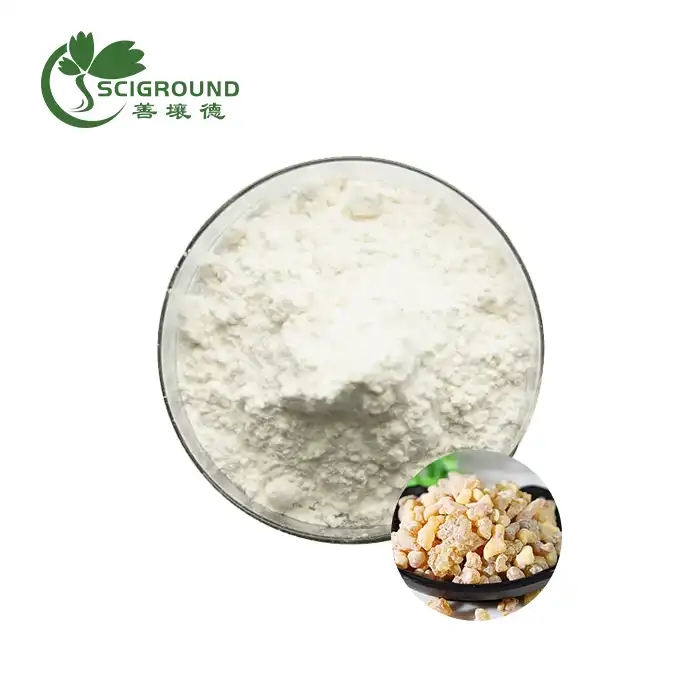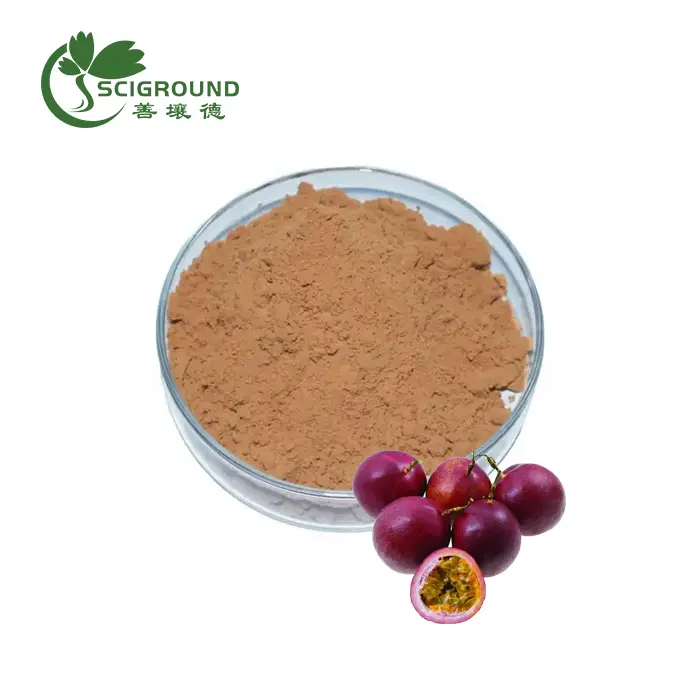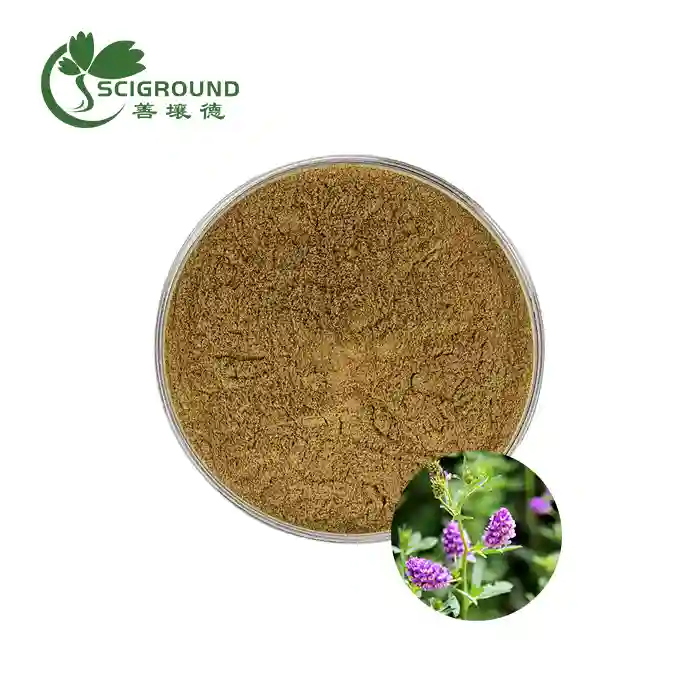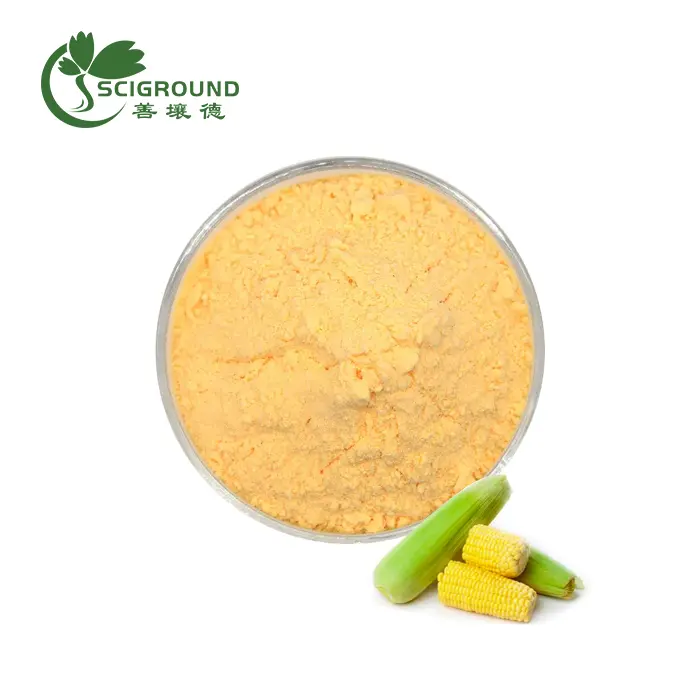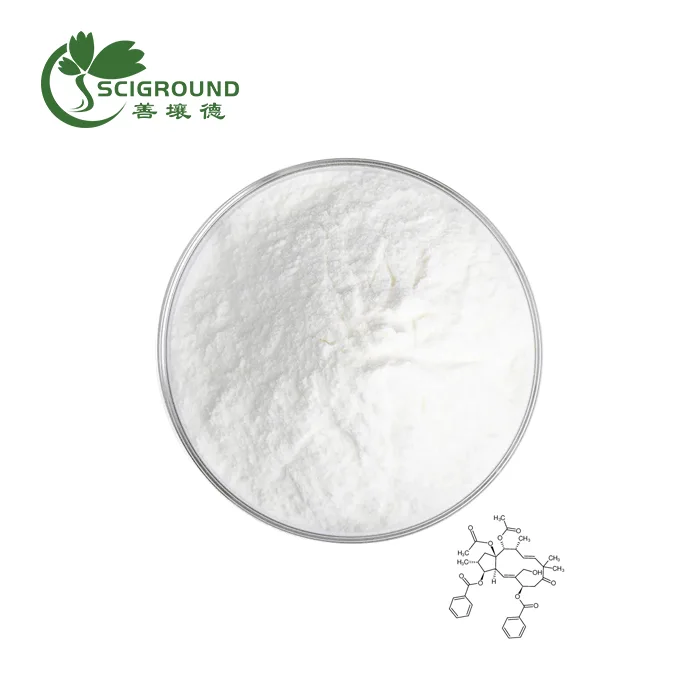Pea Protein vs Rice Protein
Plant-based protein powders are growing in popularity among health-conscious consumers and those with dietary restrictions. Two common types are pea protein and rice protein. While both derive from nutrient-dense plant foods, they have some key differences in nutrition, cost, taste, and other factors.
Is Pea or Rice Protein Powder Better?
So should you choose pea or rice protein? There’s no definitive “best” option as each has advantages based on your needs:
Amino acid profile - Pea protein is higher in certain essential amino acids like lysine while rice protein provides more cysteine and methionine. Combining them achieves a complete amino acid profile.
Muscle building - Pea protein contains more branched-chain amino acids for muscle protein synthesis. Rice protein is low in the BCAA leucine which is crucial for muscle growth.
Affordability - Rice protein powder tends to cost less per serving compared to pea protein powder. This may make it more appealing for daily use.
Digestibility - Pea protein digestibility is generally lower than rice protein, so rice protein may be preferred by some people with digestive sensitivities.
Sustainability - Peas have a lower environmental impact to grow than rice, using less water and fertilizer. This makes pea protein the more eco-friendly choice.
Taste/texture - Rice protein has a neutral flavor, while pea protein has a distinctive taste some find unpalatable. However, mixing pea protein with rice protein can mask its flavor.
For optimal amino acid intake, combining pea and rice proteins is recommended. For budget-friendly plant protein, rice protein is the better value. Those focused on muscle gain may favor pea protein for its BCAA content.
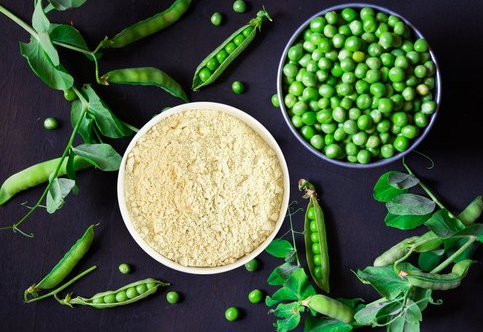
What is the Difference Between Pea Protein and Rice Protein?
Despite both being plant proteins, pea and rice proteins have some distinct differences:
Source - Pea protein comes from yellow split peas. Rice protein is extracted from brown rice grain.
Protein content - Pea protein powder typically contains about 80% protein. Rice protein powders average 70-80% protein.
Amino acids - As mentioned, pea protein has more lysine, rice protein has more sulfur-containing amino acids. Pea protein also has higher arginine levels.
Carbohydrates - Rice protein is lower in carbohydrates and higher in protein concentration compared to pea protein.
BCAAs - Pea protein has higher amounts of branched-chain amino acids, especially leucine, compared to rice protein which is very low in leucine.
** PDCAAS score** - Pea protein has a score of 0.7 while rice protein scores a 0.47 (but rises to 1.0 when combined).
Processing methods - Both typically use alcohol extraction but rice protein involves enzymatic processes while pea protein uses precipitation.
Flavor - Rice protein has a more neutral, mild taste compared to the earthy, bean-like flavor of pea protein.
In summary, pea and rice proteins each offer unique amino acid profiles that are complementary when blended together. Their sourcing, processing, and nutritional attributes vary in several key ways.
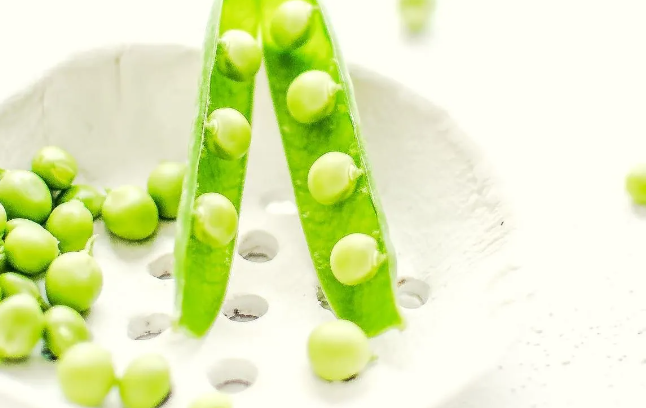
Is Brown Rice Protein Better Than Pea?
Comparing brown rice protein to pea protein powder:
Amino acids - Brown rice protein is lower in lysine, BCAAs, and arginine than pea protein but provides more cysteine and methionine. Neither is a complete protein alone.
Protein content - Brown rice protein typically contains 70-80% protein per serving while pea protein averages 80% protein concentration.
Cost - Ounce for ounce brown rice protein powder is generally cheaper than pea protein powder, making it more budget-friendly.
Sustainability - Pea protein production uses far less water, fertilizer, land, and emits fewer greenhouse gases than brown rice protein production methods.
Digestibility - Some find brown rice protein is easier to digest than pea protein wholesale. However, pea protein digestibility can be improved by combining with rice protein.
Taste - Brown rice protein has a more neutral, mild flavor compared to the earthy taste of pea protein that some dislike.
Allergies - Pea protein is hypoallergenic while brown rice protein can cause allergic reactions in those sensitive to rice and grains.
While brown rice protein holds some advantages like cost and digestibility, pea protein generally has a slight edge nutritionally thanks to its well-rounded essential amino acid content. They work best together.
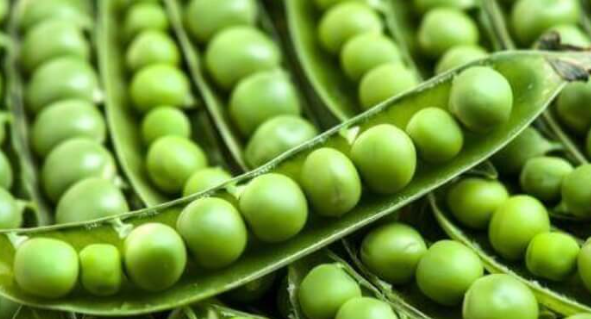
What is the Ratio of Pea Protein to Rice Protein?
To achieve a complete protein with a balanced amino acid profile, research suggests combining pea and rice protein in a ratio of:
2:1 - A 2:1 ratio of pea protein to rice protein provides adequate amounts of all essential amino acids, with higher lysine from the pea protein complementing the extra sulfur-containing amino acids from rice protein.
3:1 - A 3:1 pea protein to rice protein ratio further optimizes the BCAA leucine content which rice protein is low in. This may provide additional benefit for muscle building goals.
1:1 - A 1:1 ratio also produces a complete protein but provides less leucine compared to 2:1 or 3:1 pea-dominant blends. It may be suitable for some general health needs rather than muscle gain.
1:3 - Flipping the ratio with more rice protein means lower levels of lysine, arginine, and BCAAs. Not ideal for active individuals or athletes.
A 2:1 or 3:1 ratio of pea protein to rice protein, combining approximately 30-40 grams pea protein with 15-20 grams rice protein, provides all essential amino acids in balanced amounts for optimal nutrition.
Pea and Rice Protein vs Whey
How does blending pea and rice protein compare to popular dairy-based whey protein?
Amino acids - Whey protein has more branched-chain amino acids and sulfur-containing amino acids than pea and rice blends. Pea and rice mixes offer higher arginine.
Cost - Whey protein generally costs less per serving compared to combined pea and rice protein powders.
Digestibility - Whey is faster digesting and has a higher bioavailability than plant-based proteins sources like pea and rice blends.
Allergies - Whey is unsuitable for people with lactose/dairy intolerances. Pea and rice proteins offer a hypoallergenic alternative.
Sustainability - The peas and rice used in plant proteins have a substantially lower environmental impact than large-scale dairy whey protein production.
Taste - Whey protein usually tastes better. Pea protein has a strong flavor that rice protein can help mellow out in a blend.
If digestibility and maximal amino acid absorption are your priorities, whey protein may have a slight edge. But combining pea and rice protein offers a sustainable, plant-based option beneficial for many goals.
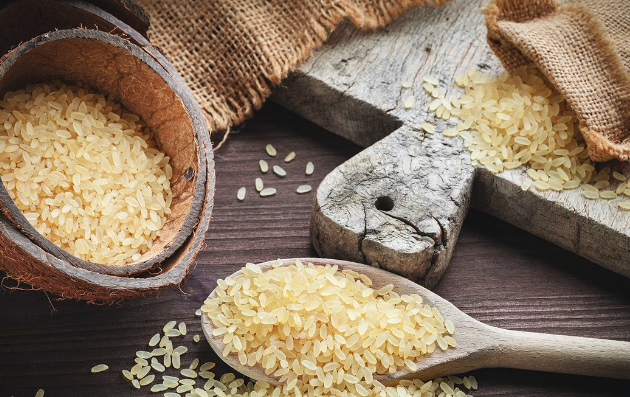
Pea and Rice Protein Powder
What are the benefits of taking pea and rice protein powder together?
Complete amino acid profile - Blending pea and rice protein together provides adequate amounts of all nine essential amino acids required for building and repairing muscle tissue.
Improved digestibility - Combining highly digestible rice protein with pea protein enhances the absorption of pea protein, which is less soluble.
Nutrient balance - pea protein isolate bulk’s strengths complement rice protein’s weaknesses and vice versa, creating a balanced nutritional package.
Hypoallergenic - Those with common allergies like dairy, soy, egg, nut or wheat can safely consume pea and rice protein mixes.
Versatility - Pea and rice protein powders can be easily incorporated into smoothies, baked goods, snack bars, sports beverages, and many recipes.
Sustainability - Peas and rice are environmentally friendly plant protein sources with low carbon and water footprints.
Blending pea and rice protein offers an affordable, hypoallergenic way to meet protein needs on a plant-based diet with proper essential amino acid intake for health and fitness goals.
Is Rice Protein a Complete Protein?
Unlike animal-based proteins, rice protein is not a complete protein on its own because it is deficient or low in certain essential amino acids:
Lysine - Rice protein is very low in the essential amino acid lysine needed for growth and development.
Leucine - Rice protein also lacks sufficient amounts of leucine, which plays key roles in muscle protein synthesis.
PDCAAS score - Rice protein has a low PDCAAS score of 0.47. A score of 1.0 indicates a complete protein.
Methionine - Although rice protein is rich in methionine and cysteine, being low in other essential amino acids still makes it incomplete.
Needs complementing - Consuming rice protein with lysine-rich foods like beans, nuts, or pea protein wholesale ensures intake of all the essential amino acids.
Protein combining - Pairing rice protein with pea protein isolate bulk in a blend creates a complete, balanced plant-based protein source.
While an excellent source of plant nutrition in general, rice protein cannot standalone as a complete protein. Combining it with pea protein or other lysine-containing foods is needed to complement its amino acid profile.
Pea and Brown Rice Protein Powder
Combining pea and brown rice protein powder offers benefits:
Hypoallergenic - Suitable for food allergies/sensitivities to dairy, soy, gluten, egg, nut or other common allergens.
Complete amino acids - Pea protein’s higher lysine and BCAAs balance out brown rice protein’s low points. Together they provide adequate essential aminos.
Improved digestion - Blending highly digestible rice protein boosts the absorbability of pea protein.
Neutralizes flavor - Brown rice protein helps mask the earthy taste of pea protein that some find unpalatable.
Blood sugar stability - Fibrous pea protein slows digestion while brown rice protein avoids spikes linked to white rice varieties.
Added nutrition - Provides extra nutrients like magnesium, phosphorus, antioxidants, and phytonutrients from two whole food sources.
Versatility - Pea and brown rice protein powders can seamlessly blend into smoothies, baked goods, snack bars, breakfast cereals, and more for a nutrition boost.
Jointly harnessing the complementary nutritional benefits of pea and brown rice protein makes them an ideal complete plant protein combination.
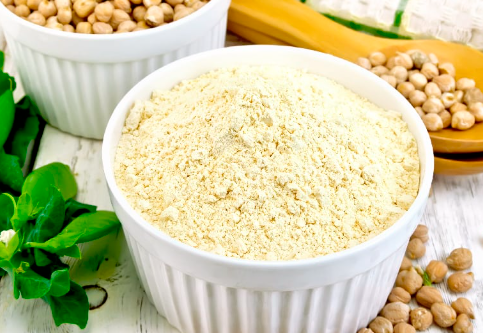
Peas and Rice - Complete Protein?
Can simply eating whole peas and rice together provide a complete protein meal?
Needs proper ratio - To form a complete protein, peas and rice must be eaten in the proper ratio of 2:1 or 3:1 peas to rice to balance out lysine and sulfur-containing amino acids.
Quantity needed - The portions of peas and rice required to meet all essential amino needs in one sitting would provide quite large, unbalanced amounts of carbs and calories.
Leucine still low - Combining peas and rice does not provide optimal amounts of the muscle-building amino acid leucine for athletes.
Better sources of protein - Though peas and rice together do technically make a complete protein, each only contains moderate protein levels. Lean meats, dairy, eggs, and supplemented plant proteins offer more protein.
Beneficial when combined - While not ideal standalone protein sources, eating peas and rice together throughout the day or week can complement overall protein intake.
So in summary, getting complete proteins from whole peas and rice alone requires careful pairing in sizable quantities. Supplemental pea and rice protein powders provide a more concentrated, leucine-boosted vegan protein source.
In conclusion, both pea and rice proteins offer unique benefits as plant-based protein supplements. Pea protein provides more muscle-building branched-chain amino acids while rice protein enhances sulfur amino acids. Blending them together in the right ratios provides a hypoallergenic, environmentally sustainable complete protein source for vegans, vegetarians, or anyone looking to eat fewer animal products. Each has advantages that can align with individual nutritional needs and diet preferences.
References:
Gorissen SHM, Crombag JJR, Senden JMG, et al. Protein content and amino acid composition of commercially available plant-based protein isolates. Nutrients. 2018;10(11):1688.
2.Rigamonti E, Parolini C, Marchesi M, et al. Hypolipidemic effect of dietary pea proteins: impact on genes regulating hepatic lipid metabolism. Mol Nutr Food Res. 2010;54 Suppl 1:S24-S30.
Joy J, Lowery RP, Wilson JM, et al. The effects of 8 weeks of whey or rice protein supplementation on body composition and exercise performance. Nutr J. 2013;12:86.
House JD, Neufeld J, Leson G. Evaluating the quality of protein from hemp seed (Cannabis sativa L.) products through the use of the protein digestibility-corrected amino acid score method. J Agric Food Chem. 2010;58(22):11801-11807.
Gulati S, Ottaway PB. Legume proteins in the diet of children and adults. J Sci Food Agric. 2006;86(11):1570-1572.
Lam S, Munar MY, Seng CY, et al. Physicochemical properties, protein and amino acid profiles of Pisum sativum var. Jof. Int J Food Prop. 2018;21(1):917-929.
Sotelo A, Sousa V, Montalvo I, et al. Chemical and nutritional characteristics
About Author

Celine Xu is a botanist with over 15 years of experience researching and developing plant extracts for nutritional and pharmaceutical applications. She leads an R&D team focused on identification, cultivation and extraction of medicinal plants. Celine Xu earned a Ph.D. in Plant Biology has authored numerous articles in peer-reviewed journals about the health benefits of specific phytochemicals. She frequently speaks at industry conferences about new developments in plant extract research. Celine Xu is dedicated to advancing the scientific understanding of how targeted plant compounds can be used to improve human health.
Related Industry Knowledge
- What is Alverine Citrate used for?
- What is acrylamide powder used for?
- What is cherry extract good for?
- What are the sources of dihydromyricetin?
- How to Extract Persimmon Pulp
- Does Vitamin B12 Give You Energy
- Unlocking the Secrets of Puerarin Extract: A Comprehensive Analysis
- Unlocking the Health Benefits of Persimmon Extract Powder: Everything You Need to Know
- Wheat Protein: A Versatile and Nutritious Powerhouse for Your Health
- Apple Extract Powder: Unleashing the Nutritional Power of Apples
